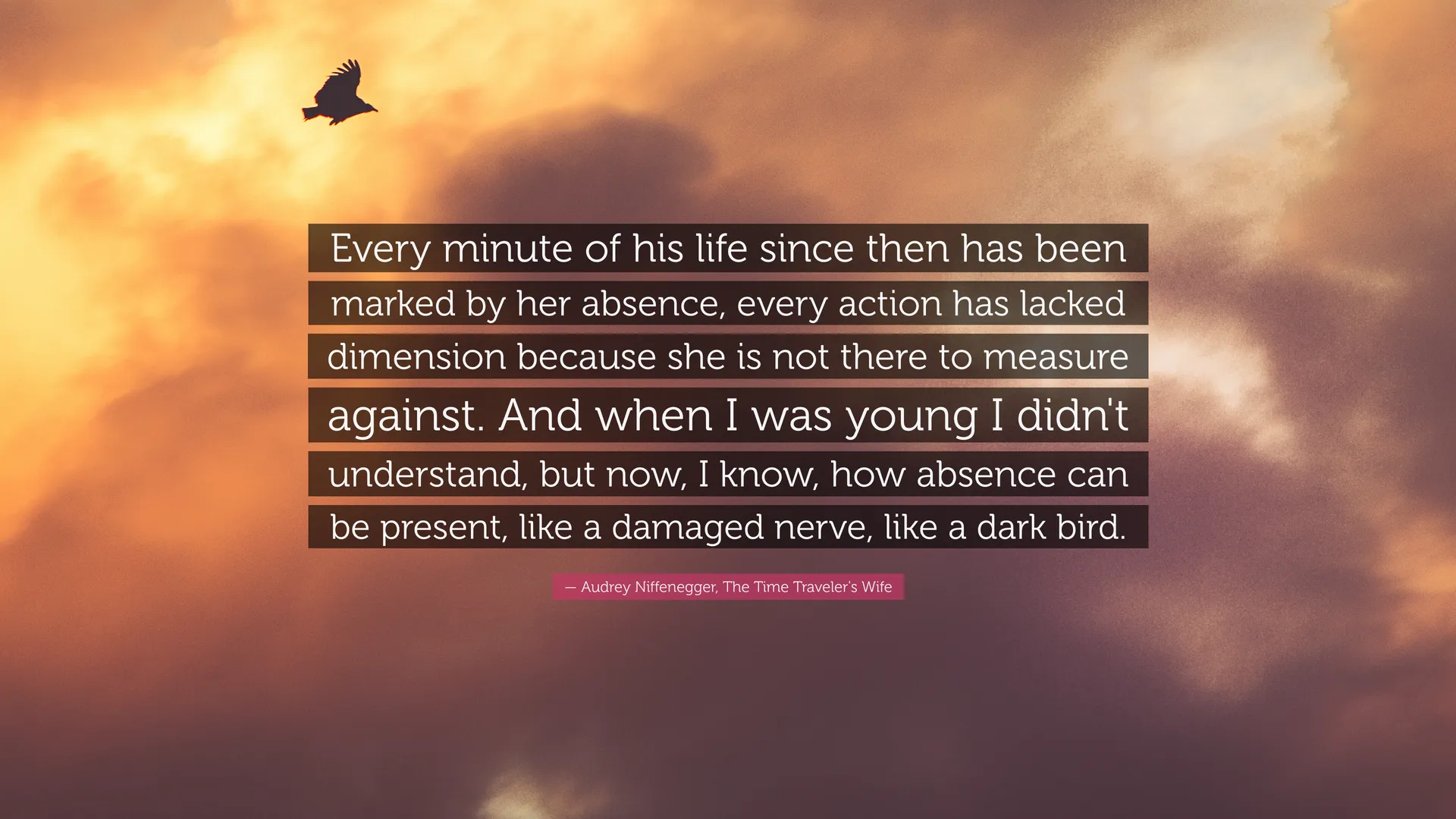ABSENCE IS A VERB: THE ACTIVE ROLE OF WHAT’S MISSING

Absence is often thought of as a static state — the mere lack of presence. But what if we reconsider absence as an active force, something that moves, shapes, and transforms us? To view absence as a verb is to recognize that it’s not passive; it acts on us and through us in profound and dynamic ways.
Absence in Motion
When someone or something is absent, it doesn’t simply vanish. Instead, it creates ripples, echoing through the spaces where it used to reside. Absence changes our routines, shifts our priorities, and forces us to adapt. It stirs our emotions, prompts reflection, and even compels action. In this way, absence is not a void; it’s an energy that reshapes the world around it.
Consider it in grief terms. The absence of a lost loved one is not an inert void but an active presence in our lives. It makes us yearn, remember, and sometimes even reinvent ourselves. It’s the empty chair at the dinner table, the quiet where their laughter used to be, or the gap in our daily conversations. This absence prompts us to act — to grieve, to honor, to fill the spaces they once occupied with new meaning.
The Language of Absence
Absence speaks, though it doesn’t use words. It communicates through the things we miss, the habits we struggle to break, and the memories that resurface. It calls our attention to what was and what might have been, asking us to engage with the space it leaves behind. In this way, absence becomes an active participant in our emotional and psychological landscapes.
For example, when a friend moves away, their absence doesn’t just settle into the background. It might push us to reach out more intentionally, write letters, or visit. Their absence shapes the relationship in new ways, creating opportunities for connection that wouldn’t exist otherwise.
Absence and Growth
Absence has the power to transform us. It challenges us to grow, to adapt, and to find meaning in what’s missing. When we experience absence, we often become more reflective, more resilient, and more creative in how we approach life.
Consider our grief, again in these contexts. The absence of a loved one can feel overwhelming, but it also invites us to honor their memory by living fully. We might start a tradition in their name, support a cause they cared about, or simply carry forward the lessons they taught us. In this way, absence becomes a catalyst for growth and a reminder of the enduring impact of love and connection.
Making Peace with Absence
To see absence as a verb is to make peace with its inevitability. Life is filled with absences — some small, like a friend’s departure, and some monumental, like the loss of a loved one. By recognizing absence as an active force, we can engage with it rather than resist it. We can allow it to teach us, shape us, and propel us forward.
Instead of viewing absence as something to fear or avoid, we can embrace it as a dynamic part of life. Absence has the power to deepen our appreciation for presence, to highlight what matters most, and to inspire us to create meaning in the spaces it leaves behind.
Conclusion
Absence is not merely the lack of something; it is an active force — much like the energy of love — that moves through our lives, reshaping our experiences and prompting us to grow. By viewing absence as a verb, we can transform our relationship with what’s missing, finding strength and purpose in its presence. In this way, absence becomes not an end but a beginning — a doorway to deeper understanding, connection, and creativity.



